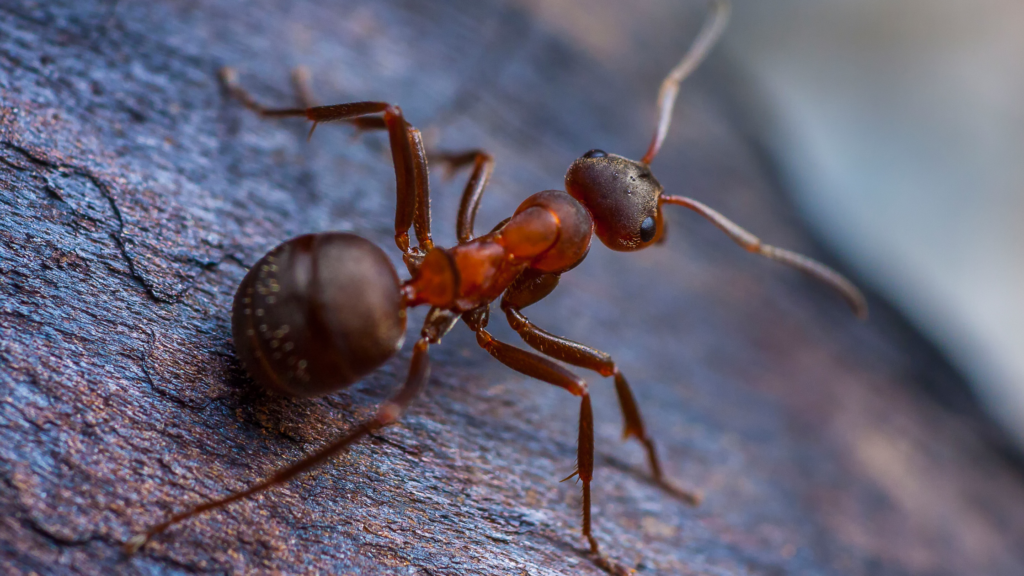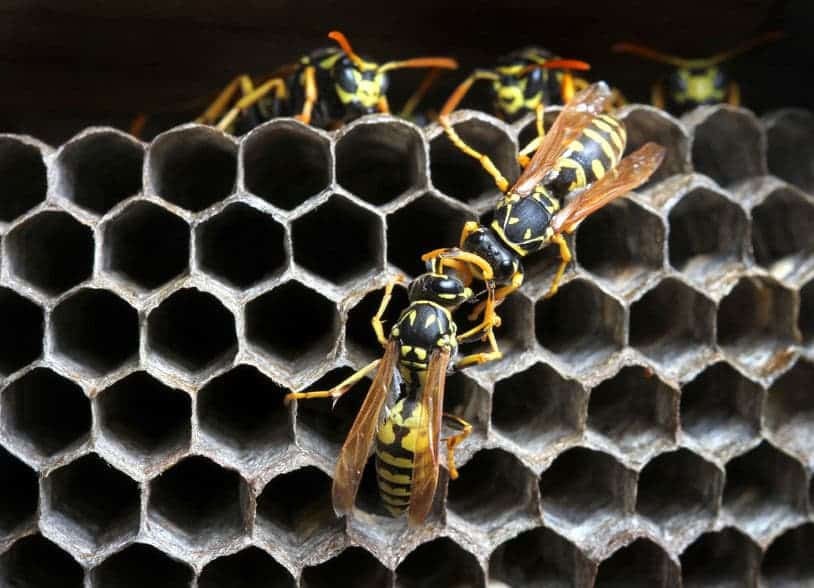After a long trek across the world, two exotic species of termites – considered to be two of the most destructive species in the world – have united and possibly found love here in Florida.
Thought to have arrived decades ago via cargo shipments, Asian and Formosan subterranean termites are known to have a habitat that overlapped in South Florida. Experts, however, were under the impression they did not mingle because their mating schedules begin in different months.
That impression was discarded two years ago.
Forming a Hybrid Termite?
In 2013, University of Florida researcher Thomas Chouvenc noticed that the two species of termites were swarming at the same time in his Ft. Lauderdale neighborhood. He noted that they seemed to be attracted to each other.
This led researchers to begin documenting when both species are swarming in the same time and place. It didn’t take long for researchers to realize that the male Asian subterranean termites were searching for the female Formosan termites.
Chouvenc and other entomologic researchers brought the two termite swarms together at the University of Florida’s Institute of Food and Agricultural Sciences. When the two species were put together in vials, they began to lay eggs. The result was a colony that grew more vigorously than colonies produced by one species alone. Using genetic analysis, researchers determined this was a new hybrid species of termite. This behavior was repeated in 2014 and is being seen again during the first weeks of spring 2015.
Currently, researchers are uncertain as to whether a hybrid colony has managed to survive outside of the lab in Ft. Lauderdale. They are also unsure if the hybrids produced in the lab are able to reproduce. Female termites have the ability to lay millions of eggs, but colonies need a minimum of five to eight years to produce the mature adults that fly in mating swarms.
What Are the Termites Capable Of?
Originating in the tropical southeastern region of Asia, Asian termites have spread to the Caribbean, Brazil, and South Florida. Originally from China, the Formosan termites are now well established in the Southeast. In fact, they are to blame for approximately $300 million in property damage every year in New Orleans alone.
While it is doubtful that the Asian termites will venture much farther north because of their inability to tolerate cold weather, a hybrid may be capable of thriving in a larger range than either species on its own.
What Does This Mean for Florida Residents?
While researchers are hopeful that the hybrids are not capable of reproducing, this does not mean that they will not pose a problem for Florida residents. It is extremely difficult to control either species because their below-ground colonies are considerably larger than the colonies of native termites. Although they are bigger, the colonies are usually harder to find. Even if the hybrids are unable to reproduce, they are still capable of causing damage over many years.
How to Protect Against Asian and Formosan Termites
Even though Jacksonville is not the normal breeding area for these types of termites, there are still concerns their hybrids could make their way north. Matthew Messenger, an entomologist with the U.S. Department of Agriculture, recommends injecting liquid insecticides into the soil or baiting traps to effectively fight both Asian and Formosan termites. He believes that either of these methods should also work against hybrids.
If you believe you have a termite infestation, contact Turner Pest Control to schedule for a free consultation or to schedule your appointment.



